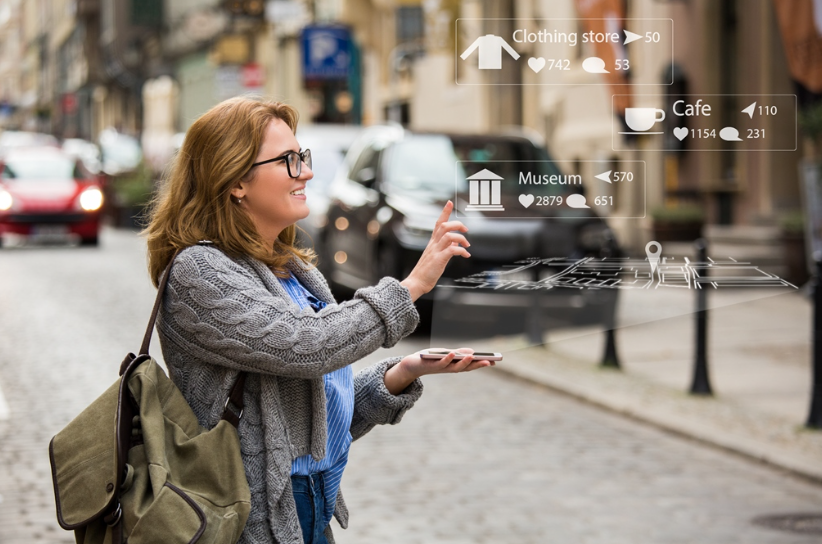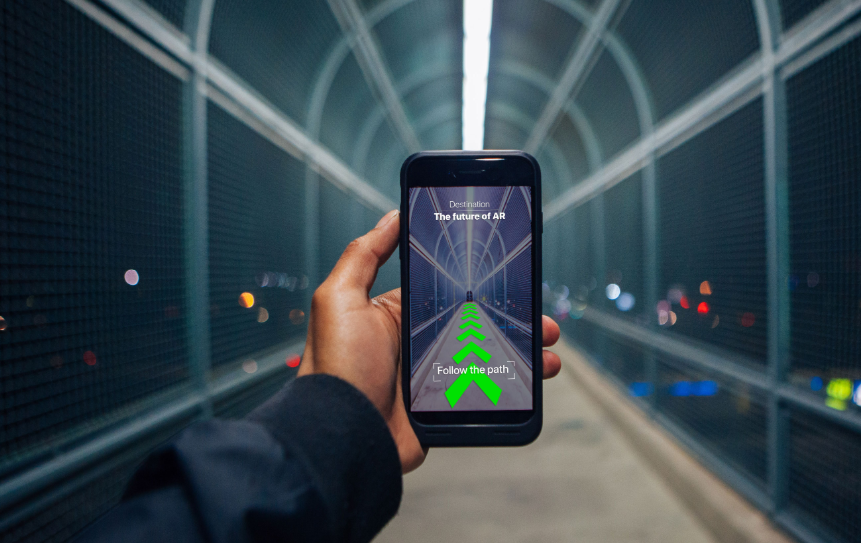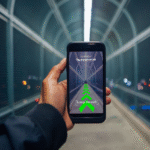The future of augmented reality (AR) holds significant potential to reshape everyday interactions. Its applications span various sectors, from retail to education, promising enhanced experiences and improved outcomes. As technology evolves, the integration of AR into daily life could redefine how individuals engage with their surroundings. This transformation raises important questions about its implications for society and how we adapt to these changes in our routines. The exploration of these dynamics warrants further examination.
Transforming Retail Experiences With Augmented Reality
As consumers increasingly seek immersive shopping experiences, augmented reality (AR) has emerged as a transformative force in retail.
Virtual try-ons allow shoppers to visualize products in real-time, enhancing decision-making and reducing return rates.
Interactive displays engage customers, creating a dynamic environment that fosters exploration.
Augmented Reality in Education: Enhancing Learning Environments
The integration of augmented reality (AR) extends beyond retail, permeating educational environments and reshaping how students engage with learning materials.
Interactive textbooks enhance comprehension by providing immersive experiences, while virtual classrooms foster collaboration beyond physical boundaries.
Revolutionizing Healthcare Through AR Applications
While the healthcare sector has traditionally relied on established methods for diagnosis and treatment, the advent of augmented reality (AR) is fundamentally transforming patient care and medical training.
AR enhances surgical training by providing immersive, realistic simulations, allowing practitioners to refine their skills.
Additionally, it fosters patient engagement, enabling individuals to visualize their treatment plans, thus promoting informed decision-making and improving overall health outcomes.
See also: The Future of Augmented Reality in Advertising
The Impact of AR on Entertainment and Gaming
Although many forms of entertainment have evolved dramatically with technological advancements, the integration of augmented reality (AR) stands out as a pivotal development in gaming and interactive experiences.
AR facilitates immersive storytelling and interactive gameplay, allowing users to engage with digital elements in their real-world environments.
This fusion not only enhances user involvement but also transforms traditional narratives into dynamic, participatory adventures, redefining entertainment landscapes.
Conclusion
As augmented reality continues to weave itself into the fabric of everyday life, a striking juxtaposition emerges: the mundane becomes extraordinary, and the ordinary transforms into the innovative. While traditional experiences may fade into obscurity, AR breathes new life into retail, education, healthcare, and entertainment. This technological evolution not only enhances engagement but also challenges perceptions, inviting individuals to explore a world where the lines between reality and imagination blur, ultimately reshaping human interaction and understanding.








